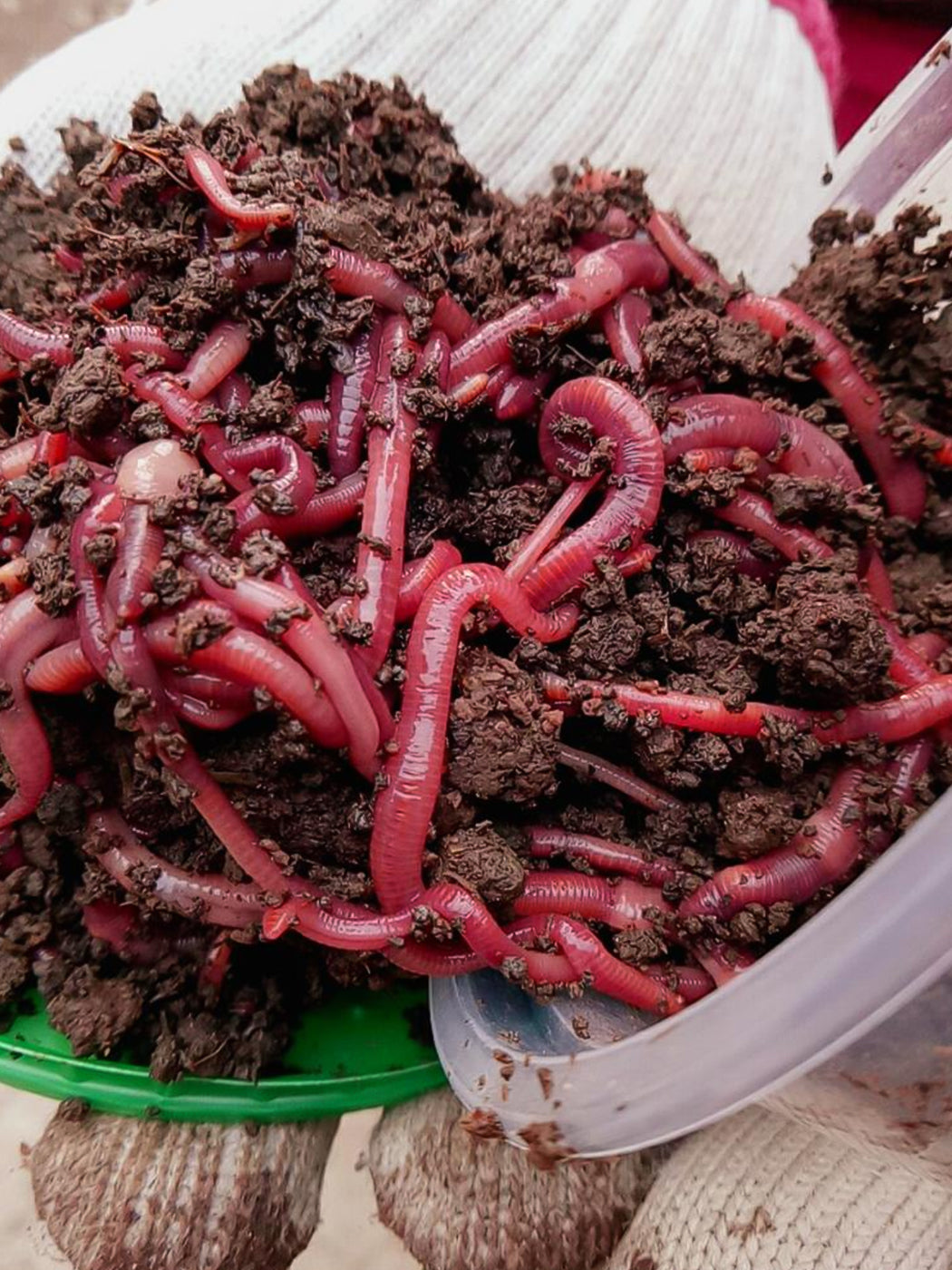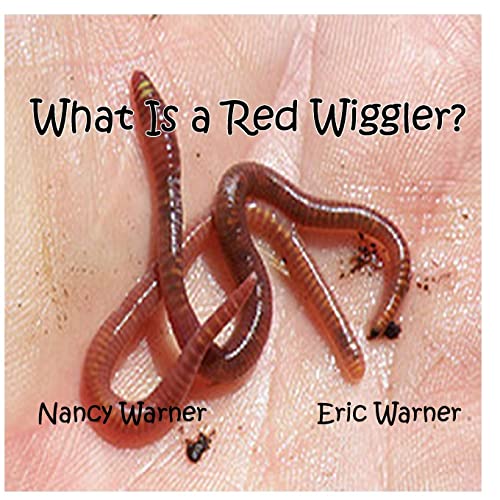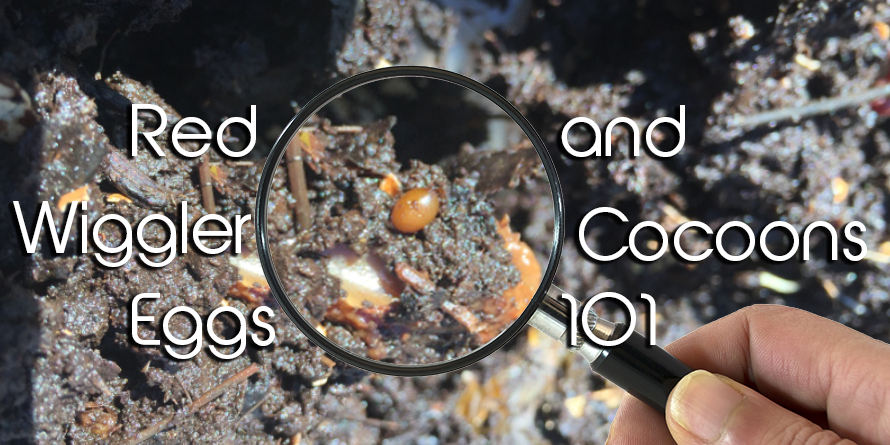Get Your Lawn in Top Shape with the Help of Lake Hickory Bait Grass Care Solutions
Get Your Lawn in Top Shape with the Help of Lake Hickory Bait Grass Care Solutions
Blog Article
Red Wigglers: The Unsung Heroes of Organic Waste Recycling
Red wigglers, or Eisenia fetida, offer as critical representatives in the natural waste reusing procedure, transforming disposed of products into important vermicompost. As the world increasingly seeks options to fight waste accumulation and boost farming productivity, understanding the role of these worms comes to be crucial.
What Are Red Wigglers?
The exceptional durability of red wigglers, medically referred to as Eisenia fetida, emphasizes their vital function in natural waste recycling. These tiny, reddish-brown earthworms are usually found in decaying raw material, such as garden compost piles and manure lots. Lake Hickory Bait. Unlike other earthworm types, red wigglers thrive in nutrient-rich settings and are highly reliable at breaking down organic products, making them vital for vermicomposting

(Red Wiggler Express)Along with their duty in waste reduction, red wigglers add to dirt health by boosting dirt framework and oygenation via their tunneling tasks (Lake Hickory Bait). Their visibility in composting systems not only improves disintegration rates however additionally advertises a sustainable method to waste management, showing their value in eco-friendly preservation efforts
Benefits of Composting With Worms
Composting with worms, especially red wigglers, uses many benefits that improve both waste administration and soil health and wellness. These worms successfully break down organic waste, converting it into nutrient-rich vermicompost that enhances dirt. This procedure increases disintegration, permitting for a faster recycling of kitchen scraps and other organic materials contrasted to traditional composting methods.
Additionally, the vermicompost produced by red wigglers is including useful microbes, which assist boost dirt structure, aeration, and moisture retention. This improves the overall health of plants, advertising strenuous development and boosted yields in gardens and farming settings. In addition, the usage of worms in composting lessens the production of greenhouse gases, such as methane, adding to a more sustainable waste management system.

Exactly How to Begin Vermicomposting
Developing a vermicomposting system is an uncomplicated procedure that can generate considerable benefits for both waste management and dirt enrichment. To begin, pick a suitable container, such as a plastic bin or wooden box, with ample air flow openings to ensure proper air flow. The dimensions should ideally be around 2 feet by 3 feet, enabling ample space for the worms to prosper.
Following, prepare bed linens product, which can contain shredded newspaper, cardboard, or coconut coir. This bedding needs to be dampened to develop an appropriate environment for the worms. As soon as the bed linens remains in location, present red wigglers (Eisenia fetida) right into the bin, typically around one extra pound of worms for every single square foot of surface.
Complying with the placement of worms, include natural waste, such as fruit and vegetable scraps, coffee premises, and smashed eggshells. With these actions, you will efficiently launch a vermicomposting system that adds to sustainable waste management and improves your dirt.
Keeping a Healthy And Balanced Worm Bin
(Red Wiggler Express)Maintaining a worm bin thriving calls for routine focus and care to make certain the wellness of the red wigglers and the efficiency of the composting procedure. Proper upkeep begins with checking the dampness levels; the container should be wet however not saturated. A good regulation of thumb is to maintain an uniformity comparable to a wrung-out sponge.
Gently mixing the bed linens and food scraps every couple of weeks prevents compaction and guarantees that all worms have accessibility to oxygen. Additionally, it is important to feed the worms properly.
If the bin becomes too warm or chilly, the worms may become worried. By faithfully taking care of these variables, one can maintain a durable and effective worm container.
Influence On Lasting Living
The successful maintenance of a worm container not only benefits the health of red wigglers yet additionally adds substantially to sustainable living practices. By reusing natural waste, such as cooking area scraps and lawn debris, red wigglers aid draw away substantial quantities of product from garbage dumps. This reduction in waste not just reduces greenhouse gas emissions yet additionally lessens the environmental burden connected with waste administration.
Additionally, the castings generated by red wigglers function as a nutrient-rich organic Get the facts plant food, enhancing dirt health and wellness and promoting plant development. This natural choice to chemical plant foods sustains sustainable farming and gardening methods, decreasing dependence on artificial inputs that can hurt communities. In addition, worm composting fosters recognition of waste monitoring, motivating individuals and neighborhoods to take on more lasting behaviors.

Conclusion
In summary, red wigglers function as essential factors to natural waste reusing via their reliable decomposition of natural products. Their capacity to generate nutrient-rich vermicompost boosts dirt health and supports lasting farming methods. By incorporating vermicomposting right into waste management methods, individuals and neighborhoods can substantially minimize waste while advertising ecological sustainability. The function of Eisenia fetida in promoting healthy environments highlights the significance of these microorganisms in achieving lasting living and improving soil fertility.
Report this page